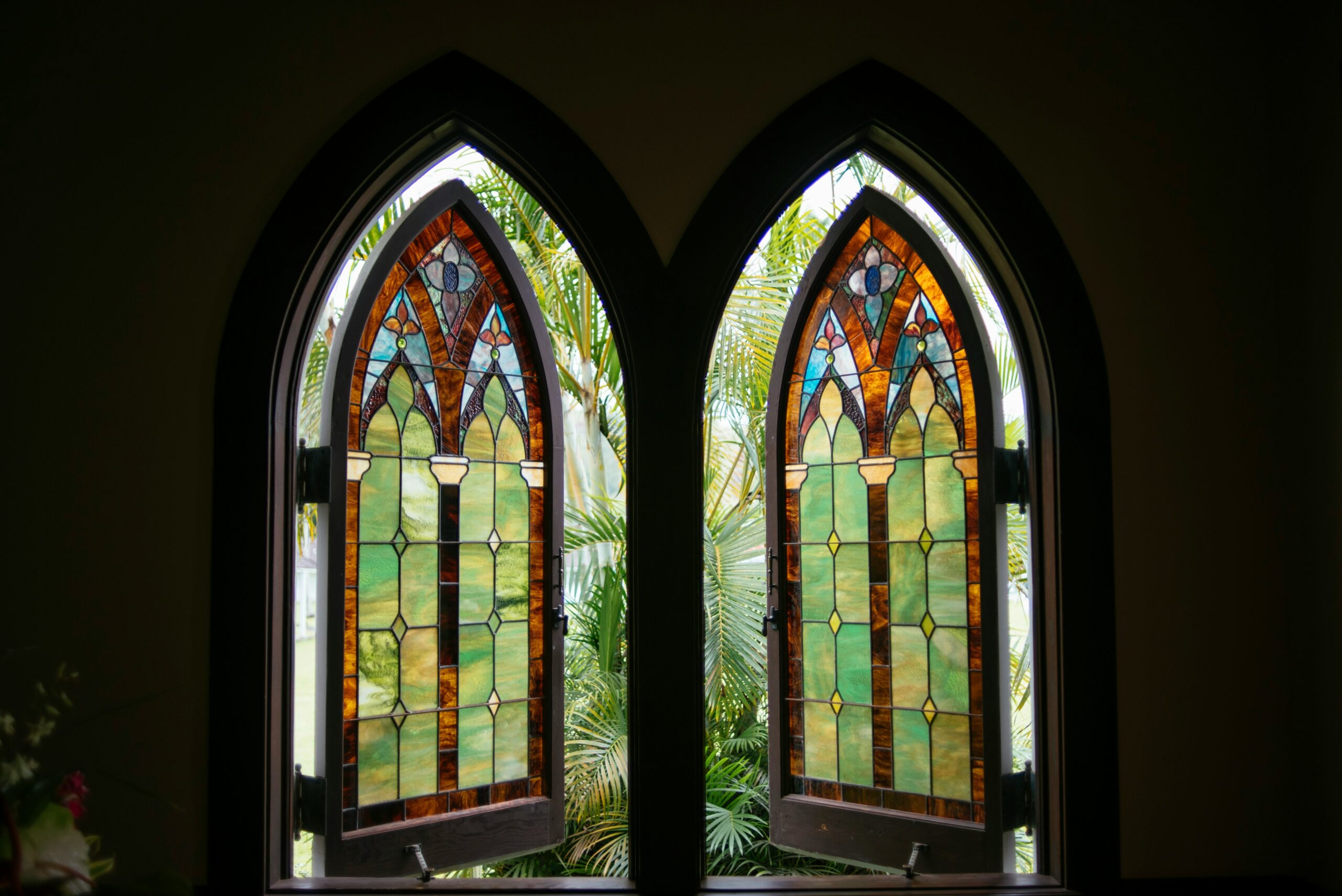Here is an overview of our Orthodox Denominations Narrative Intelligence brief.

This Orthodox Denominations narrative is driven by 24 sources in the European Media module, amplifying 79 narrative items.
Today, our Narrative AI highlights various events related to religious freedom and tensions in Armenia and Russia. It includes the placement of Rublev's Holy Trinity icon in a monastery, the US Department of State's report on tensions between the Armenian Apostolic Church and the government, coordinated violence in Dagestan targeting religious sites, protests in Armenia against Prime Minister Pashinyan, and Moscow's response to the protests as an internal affair of Armenia.
The issues described in the summary above highlight a complex web of religious, political, and social tensions in Armenia and the surrounding region. The tensions between the Armenian Apostolic Church and Prime Minister Nikol Pashinyan's government underscore the ongoing struggle for power and influence in the country. The violence in Dagestan targeting religious institutions reflects the deep-seated sectarian divisions in the region, with potential implications for national security and stability.
The protests in Gyumri and Yerevan against Prime Minister Pashinyan's handling of border demarcation with Azerbaijan reveal the deep discontent among certain segments of the Armenian population. The involvement of Archbishop Bagrat Galstanyan in leading these protests further blurs the lines between religious and political authority in the country.
Geographically, the proximity of Armenia to Russia adds another layer of complexity to the situation, with Moscow viewing the protests as an internal affair but also maintaining a friendly relationship with the Armenian people. This geopolitical dynamic has implications for Armenia's national security and foreign policy decisions.
Overall, the issues described in the summary highlight the interconnected nature of demographics, social, economic, political, and military considerations in the region. The historical and cultural significance of religious institutions and traditions further complicates the landscape, with potential implications for stability and security in the region.
Our Kudzu Narrative Intelligence brief auto-updates every few hours with fresh analysis:
Note: Kudzu Narrative Intelligence briefs update every few hours. Very likely, the Narrative Analysis above will have changed as well.
Image Credit for Article Header: Photo by Stephanie Krist on Unsplash